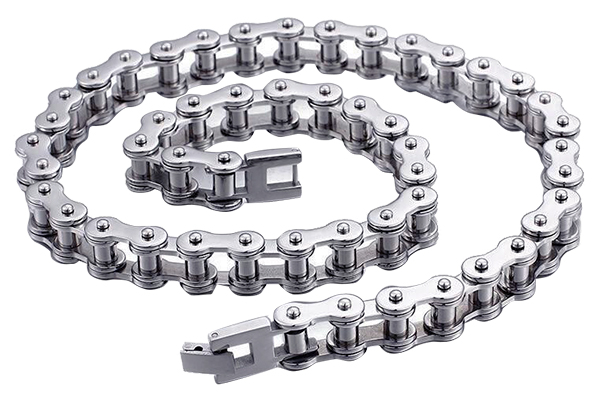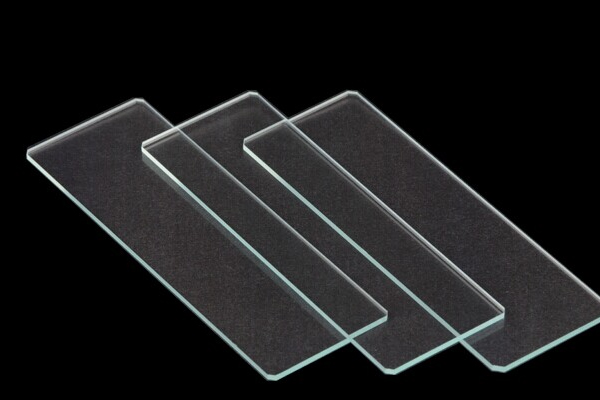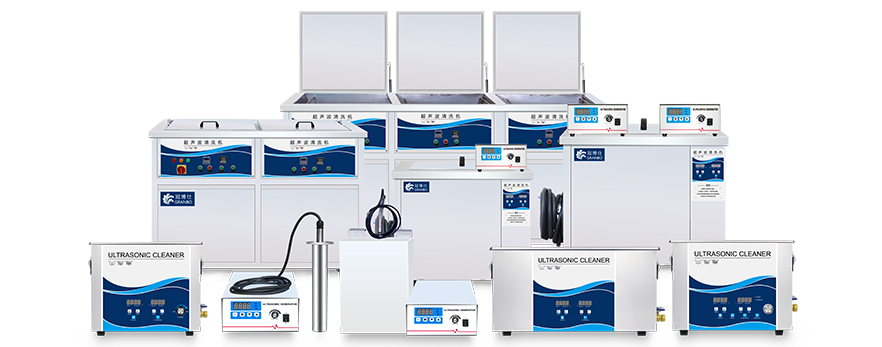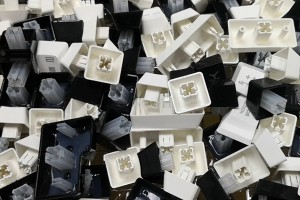If you’re someone who wears glasses every day, you know the struggle of trying to keep them smudge-free. No matter how careful you are, fingerprints, dust, and tiny bits of debris seem to appear as if by magic. Traditional cleaning methods—wipes, sprays, or cloths—work for quick touch-ups, but have you ever stopped to think about what’s lurking in the hinges, nose pads, or under the lens edges? That’s where ultrasonic cleaning offers an entirely different level of clarity.
Why Ultrasonic Cleaners Are a Game-Changer for Eyeglasses
Ultrasonic cleaners use sound waves at frequencies often above 40 kHz to create microscopic bubbles in water or cleaning solution. These bubbles collapse in a process called cavitation, producing tiny, targeted shockwaves that dislodge grime without abrasive scrubbing. For eyeglasses, this means the device can clean spots a cloth will never reach, like between the frame and the lens or deep in the hinge joints.

The result? A level of clean that not only makes your lenses sparkle but also helps prolong the life of your eyewear. After all, grime trapped in those tiny crevices can eventually lead to loosening screws or even corrosion of metal parts.
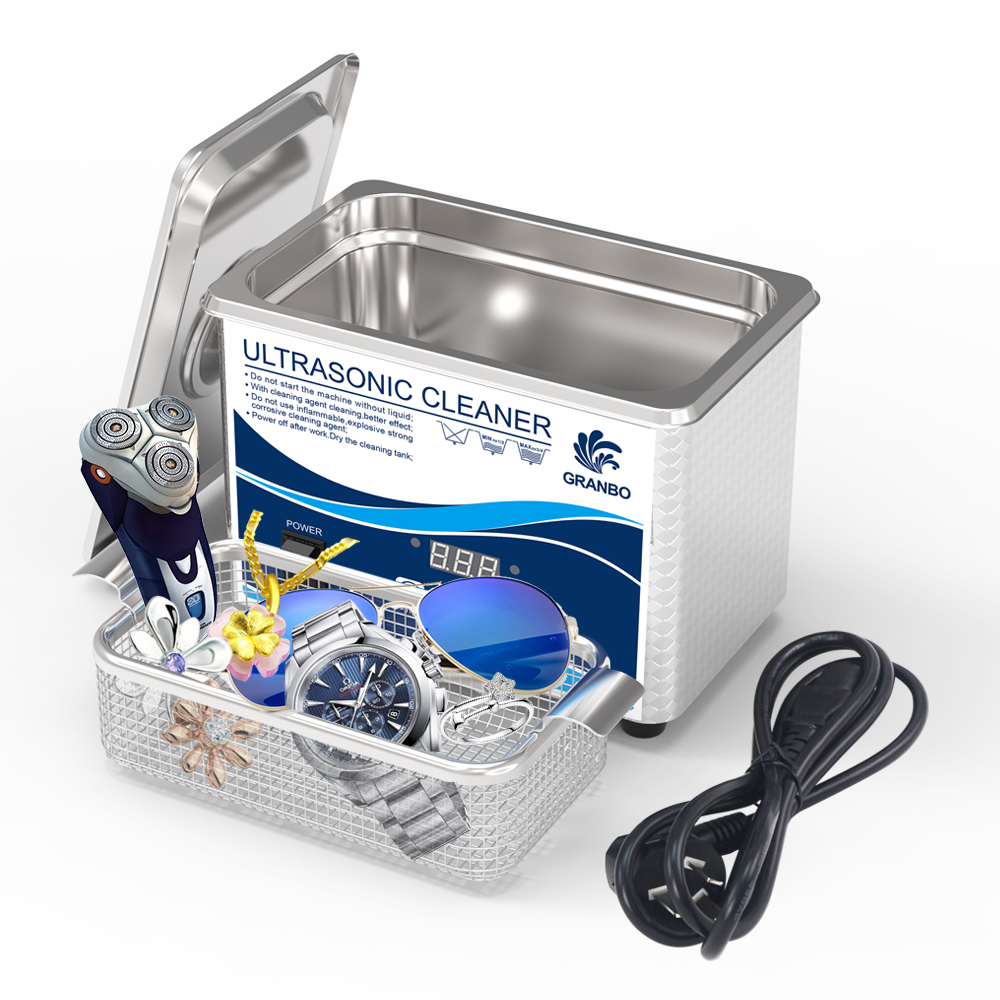
Is It Safe for All Eyeglasses?
The short answer is: mostly yes—but with caveats. Ultrasonic cleaning is generally safe for glasses with plastic or metal frames and lenses that have standard coatings like anti-reflective or scratch-resistant layers. However, if your lenses have specialty coatings, such as blue-light filters applied as an aftermarket addition, or if your frames include glued embellishments (think rhinestones), you’ll want to consult your optician first. The vibrations could weaken adhesives or damage sensitive coatings over time.
How to Use an Ultrasonic Cleaner for Eyeglasses
Start by filling the cleaner with warm water—avoid hot water, as it could warp plastic frames or damage coatings. Add a couple of drops of mild dish soap or a cleaning solution formulated for optics. Place the glasses in the basket (so they don’t touch the tank bottom), set the timer for 10-30 seconds depending on the dirt level, and let the machine work its magic. When done, rinse under cool water and dry with a microfiber cloth to avoid water spots.
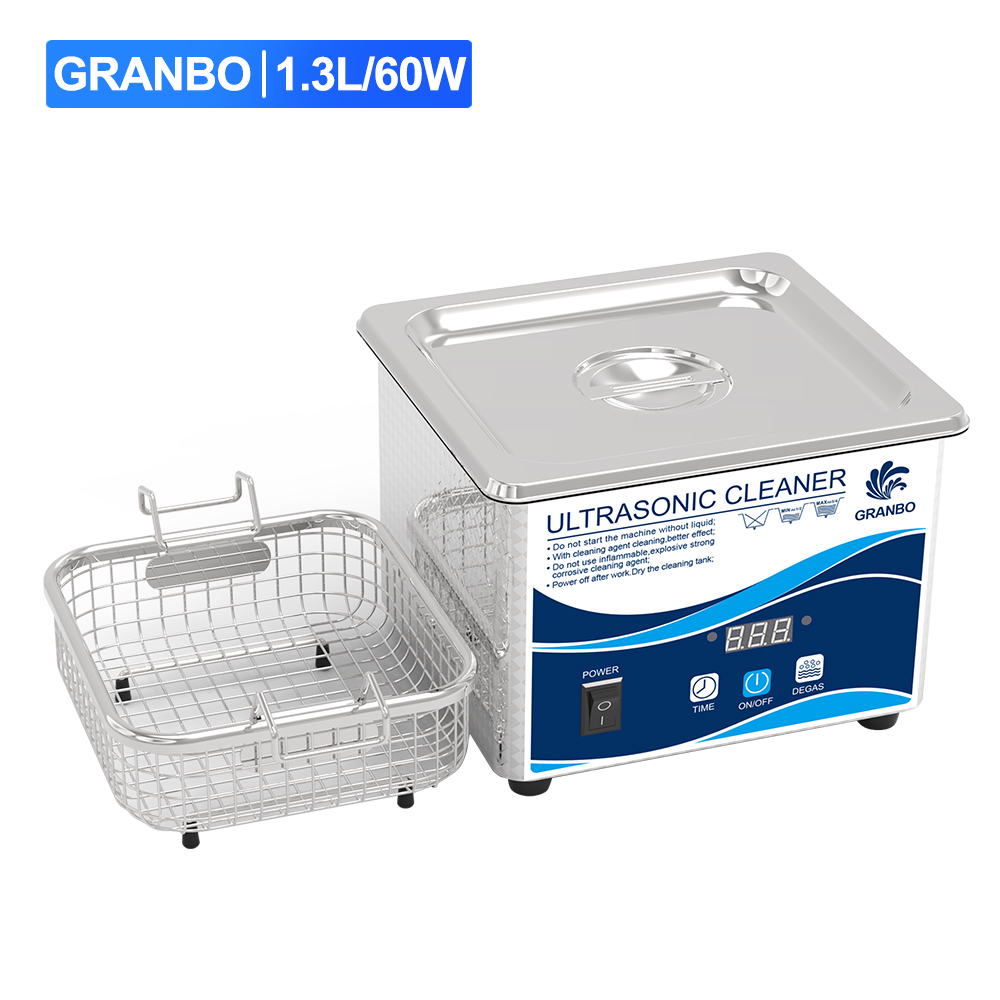
Cleaning demo video
Note: The cleaning time shown in the video is not suitable for coated eyeglasses. It is recommended to clean eyeglasses for 10–30 seconds.
Choosing the Right Ultrasonic Cleaner
When shopping for a cleaner, look for one with a frequency of at least 40 kHz to ensure gentle cleaning. Adjustable timers are useful, as are baskets that hold your glasses securely without scratching. A compact 0.8L–1.3L model is ideal for home use, giving you enough space without taking up too much counter room.
Alternatives and Additional Care
If you don’t have an ultrasonic cleaner, no worries. You can still get your glasses nice and clean by soaking them in warm, soapy water. Use a soft brush, like an old toothbrush, to gently clean those hard-to-reach spots. Just be careful with the pressure, and make sure the bristles aren’t too stiff — scrubbing too hard or using a brush that’s too firm could scratch the lenses or damage the coating. When you’re done, rinse them really well with clean water and dry them with a microfiber cloth.
Final Reflection
Ultrasonic cleaners can be a fantastic way to give your eyeglasses the deep clean they deserve—just be mindful of your specific frames and lens treatments. With proper care, your glasses will not only look clearer but also last longer, keeping your vision sharp and your style intact.

